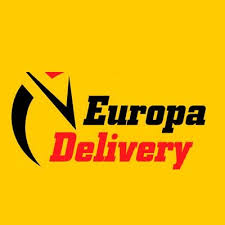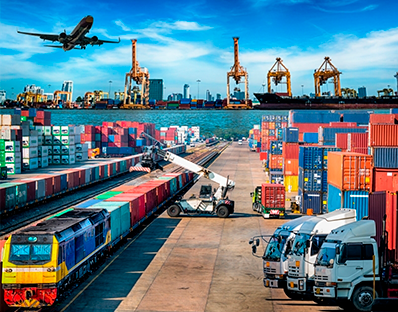
The Future of Parcel Delivery: Trends, Challenges, and Innovations
In an increasingly fast-paced world, parcel delivery has become an essential part of our daily lives. With the rise of e-commerce, businesses are faced with the challenge of delivering packages promptly and efficiently. Parcel Delivery https://europadelivery.com/cargo-storage/ we explore the evolution of parcel delivery, the challenges faced by companies, and the innovations that are steering the industry into the future.
History of Parcel Delivery
The concept of delivering parcels dates back to ancient civilizations. Early methods involved foot messengers who would carry important documents and goods across great distances. Over the centuries, the emergence of postal services marked a turning point in parcel delivery. The introduction of the postal system enabled businesses and individuals to send parcels across regions with relative ease.
The late 19th and early 20th centuries saw significant advancements in transportation and communication, which further propelled the parcel delivery industry. The introduction of steamships, railways, and eventually automobiles revolutionized transportation logistics. The parcel delivery sector began to evolve into a professionalized service that businesses could rely on.
The Rise of E-commerce
The advent of the internet and the subsequent explosion of e-commerce platforms have transformed the parcel delivery landscape dramatically. Nowadays, consumers expect rapid delivery options, often within the same day or even within hours of placing an order. This shift in consumer behavior has led to increased pressure on delivery services to meet these rising demands.
Additionally, the growth of online shopping has resulted in a surge of small and medium-sized businesses entering the e-commerce space. Consequently, parcel delivery companies need to cater to a diverse clientele, from large corporations to local artisans. This diversification requires flexibility in services offered and logistics management.

Challenges in Parcel Delivery
While the demand for parcel delivery services continues to grow, several challenges persist in the industry. Among the key challenges are:
- Logistics Management: As volumes increase, managing routes, delivery times, and resources effectively becomes critical. Companies need robust systems to optimize these aspects for greater efficiency.
- Customer Expectations: With the convenience of online shopping, consumers expect not only fast delivery but also reliable tracking and communication. Meeting these expectations is paramount to retaining customers.
- Environmental Impact: The increasing number of deliveries contributes to higher carbon emissions. The industry faces growing scrutiny regarding its environmental footprint, prompting a shift towards more sustainable practices.
- Last-Mile Delivery: The final leg of delivery is often the most complex and costly. Finding solutions for efficient last-mile delivery is critical for the future of parcel services.
Innovations in Parcel Delivery
To address these challenges, companies are increasingly integrating innovative technologies and solutions into their delivery operations. Some key innovations include:
- Data Analytics: Utilizing data analytics allows delivery companies to better understand consumer behavior, optimize delivery routes, and forecast demand more effectively.
- Automation: The use of automated sorting centers and robotic delivery vehicles is on the rise. These technologies not only increase efficiency but also reduce labor costs and the risk of human error.
- Last-Mile Delivery Solutions: Companies are exploring various last-mile delivery options, including partnering with local businesses for pickup points, using drones, and implementing electric vehicles to enhance the sustainability of their operations.
- Blockchain Technology: Blockchain can improve transparency in the supply chain, helping to track parcels in real-time and authenticate delivery, which reduces fraud.
Best Practices for Parcel Delivery Services
To succeed in the competitive parcel delivery market, companies should adopt the following best practices:
- Invest in Technology: Explore and implement technologies that enhance efficiency, from tracking systems to route optimization software.
- Customer Communication: Maintaining clear communication with customers throughout the delivery process builds trust and enhances their experience.
- Sustainability Initiatives: Implement eco-friendly practices, such as reducing packaging waste and transitioning to electric delivery vehicles, to appeal to environmentally-conscious consumers.
- Feedback Loops: Encourage customer feedback post-delivery to continuously improve services and gather insights about delivery performance.
The Future of Parcel Delivery
As technology continues to evolve, the future of parcel delivery promises to be even more dynamic. Innovations such as autonomous delivery vehicles and drones herald a new era where parcels might be delivered faster and more efficiently than ever before. Moreover, advances in AI and machine learning could lead to even smarter logistics solutions, capable of learning from patterns and optimizing delivery processes on the fly.
In conclusion, the parcel delivery industry stands at a pivotal point where traditional practices meet innovative technologies. Stakeholders in the market must adapt to the changing landscape by embracing new technologies, prioritizing sustainability, and maintaining excellent customer service to thrive in this competitive environment. The journey of parcel delivery is far from over, and understanding its complexities will be crucial for businesses aiming for success in the future.